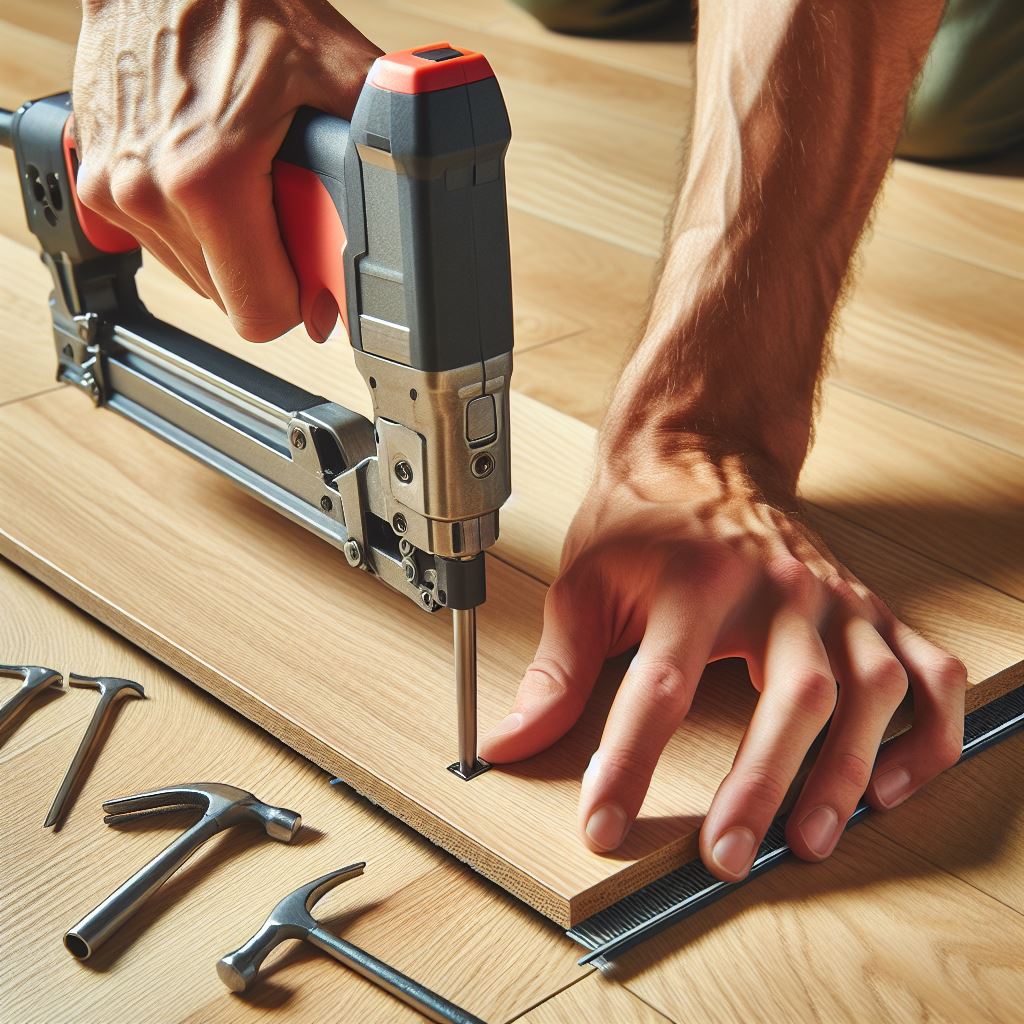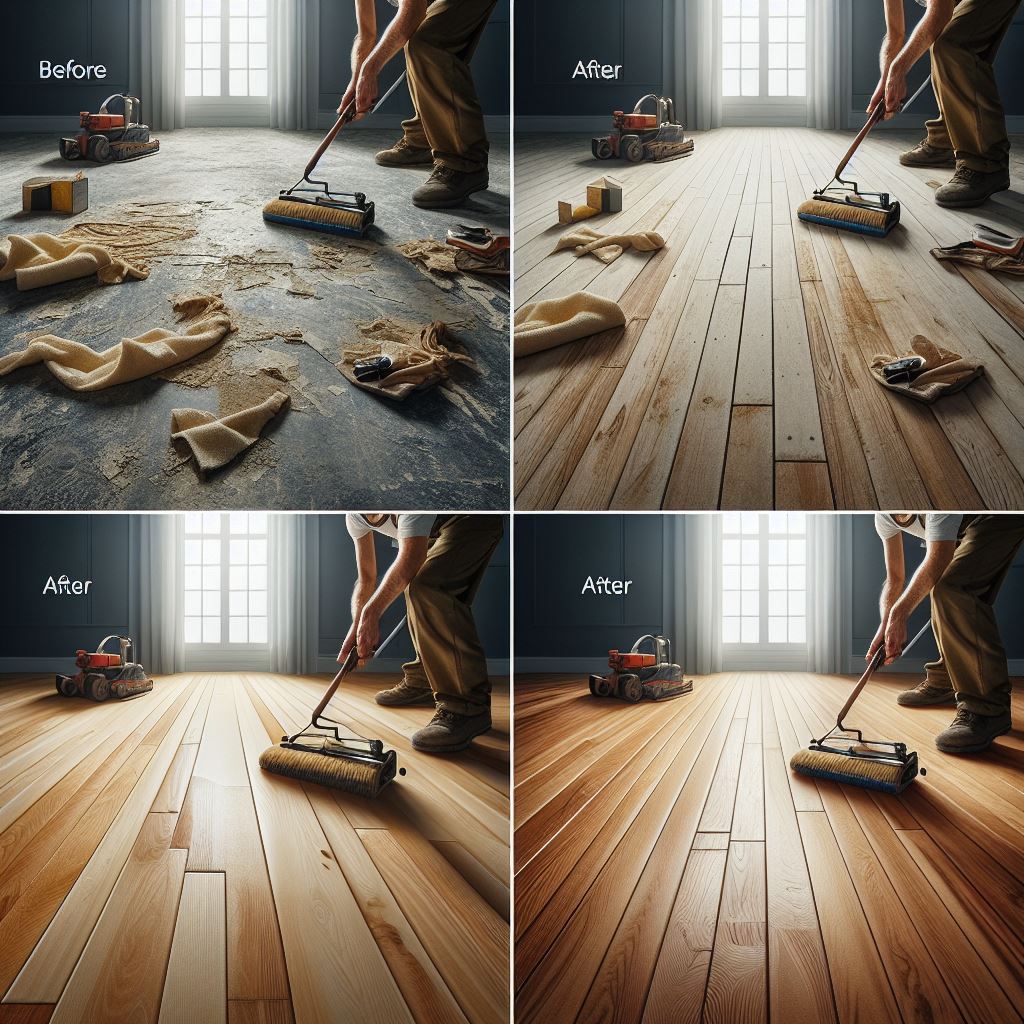The cost of engineered wood flooring per square foot can vary significantly based on several factors, making it essential for homeowners to understand what influences these prices. Engineered wood flooring is a popular choice due to its durability, aesthetic appeal, and relative affordability compared to solid hardwood floors. However, the cost can fluctuate based on the type of wood, thickness, quality, and brand, as well as the complexity of the installation process.
Engineered wood is constructed from multiple layers of plywood topped with a veneer of real hardwood. This composition not only makes it more stable and less susceptible to moisture and temperature changes but also allows for a variety of wood species and finishes. The price per square foot generally ranges from $3 to $15, with premium options costing even more.
These costs are also influenced by other factors like the width of the planks, the type of finish, and any additional treatments like UV protection or enhanced durability coatings. For those planning to install engineered wood flooring, it’s crucial to consider both the upfront costs and the long-term value it adds to your home. Investing in high-quality flooring can offer better resistance to wear and tear, potentially saving money on repairs and replacements in the future.
If you're considering engineered wood flooring for your home, request a free estimate or email us at sales@paradise-spaces.com. Our team at Paradise Spaces is here to guide you through every step of the process, ensuring you get the best value for your investment.
Factors Affecting Engineered Wood Flooring Prices

Several factors affect the cost of engineered wood flooring per square foot, making it important to understand what drives these prices. Understanding these influences can help you make informed decisions and manage your budget effectively.
- Wood Species: The type of wood veneer used on the top layer significantly impacts the price. Exotic woods like Brazilian cherry or teak are generally more expensive than domestic options such as oak or maple.
- Thickness: Engineered wood flooring comes in various thicknesses, typically ranging from 3/8 to 3/4 inches. Thicker planks often offer better durability and can usually be sanded and refinished more times, but they also come at a higher cost.
- Quality of Core Layers: The layers of plywood or high-density fiberboard (HDF) beneath the veneer impact both durability and price. High-quality core layers make the flooring more stable and durable, though they increase the cost.
- Finish and Treatments: Pre-finished floors with special treatments like UV protection, scratch resistance, or enhanced durability coatings can add to the cost. These finishes offer added benefits but come at a premium price.
- Plank Width: Wider planks often cost more due to the complexity of production and the larger pieces of wood required. However, they can offer a more luxurious and expansive look.
- Brand and Warranty: Established brands with good reputations often charge more for their products due to their quality assurances and longer warranty periods.
By understanding these factors, you can better navigate your choices and find engineered wood flooring that fits both your aesthetic preferences and your budget. Making informed decisions ensures that you get the best value for your investment, balancing cost with quality and longevity.
Average Cost of Engineered Wood Flooring

When considering the average cost of engineered wood flooring per square foot, it’s essential to account for a range of price points depending on various factors. On average, homeowners can expect to pay between $4 to $10 per square foot for engineered wood flooring materials.
For budget-conscious buyers, options at the lower end of the spectrum, approximately $4 to $6 per square foot, are available. These typically include domestic wood species with thinner veneers and standard finishes. While these products are more affordable, they may not offer the same level of durability or aesthetic appeal as higher-end options.
Mid-range engineered wood flooring, costing between $6 to $8 per square foot, often features a balance of quality and affordability. These products may include thicker veneers, better core layers, and a wider variety of wood species and finishes, providing a good balance between cost and performance.
At the premium end, prices can range from $8 to $10 or more per square foot. This price range typically includes exotic wood species, high-quality finishes, and thicker planks. These options not only enhance the visual appeal of your space but also offer better longevity and durability, making them a worthwhile investment for those looking for top-tier quality.
In addition to the material costs, installation expenses should also be considered. Professional installation typically adds an additional $3 to $8 per square foot, depending on the complexity of the project and the installer’s expertise.
Understanding these average costs can help you set a realistic budget for your flooring project, ensuring you find the perfect balance between quality and affordability.
Installation Costs for Engineered Wood Flooring

When planning your flooring project, it’s crucial to factor in the installation costs for engineered wood flooring. These costs can vary significantly based on several factors, including the complexity of the installation, the size of the area, and the rates charged by your chosen professional.
On average, homeowners can expect to pay between $3 to $8 per square foot for professional installation. This price range encompasses a variety of services, from basic installations to more intricate projects that may require additional labor and expertise.
For straightforward installations, where the subfloor is in good condition and minimal preparation is needed, costs tend to be on the lower end of the spectrum, around $3 to $5 per square foot. This includes the laying of the engineered wood planks and any necessary adhesive or underlayment.
More complex installations, such as those involving uneven subfloors, intricate patterns, or the need for additional soundproofing or moisture barriers, can increase the cost to $6 to $8 per square foot. These projects often require more time and specialized skills, justifying the higher expense.
Additionally, other factors such as room shape, the presence of obstacles like stairs or built-in furniture, and the geographical location can also influence installation costs. Urban areas or regions with a higher cost of living may see higher labor rates compared to rural areas.
To ensure you get the best value for your money, it’s advisable to obtain multiple quotes from reputable flooring installers and inquire about their experience with engineered wood flooring. This will help you make an informed decision and achieve the best results for your investment.
Comparing Engineered Wood with Other Flooring Options
When choosing the ideal flooring for your home, it’s essential to compare engineered wood with other flooring options to make an informed decision. Engineered wood stands out due to its unique construction, which offers a balance of durability, aesthetic appeal, and practicality.
One of the main competitors to engineered wood is solid hardwood. While solid hardwood is revered for its classic beauty and longevity, it can be more susceptible to moisture and temperature fluctuations. Engineered wood, on the other hand, is designed to resist these environmental changes due to its multi-layered construction, making it a more stable option in variable climates.
Another popular choice is luxury vinyl plank (LVP). LVP is known for its durability and water resistance, making it a great option for high-traffic areas and moisture-prone rooms like kitchens and bathrooms. However, while LVP can mimic the look of wood, it doesn’t offer the same warmth and authenticity that engineered wood provides.
Carpeting is another alternative, offering comfort and warmth, especially in bedrooms and living areas. However, carpets can be harder to clean and maintain compared to engineered wood, which can be easily swept or mopped. Additionally, carpets may not offer the same longevity and can harbor allergens, making them less suitable for people with sensitivities.
Tile flooring is favored for its durability and ease of maintenance, especially in bathrooms and kitchens. While tiles come in various designs, they often lack the natural warmth and inviting appearance of wood. Furthermore, tile floors can be hard and cold underfoot, which may not be desirable in living spaces.
By weighing the pros and cons of each flooring type, homeowners can determine which material best suits their lifestyle and aesthetic preferences. Engineered wood offers a versatile, attractive, and durable solution that bridges the gap between traditional wood and modern alternatives.
Tips to Save on Engineered Wood Flooring

When investing in engineered wood flooring, there are several strategies you can employ to save money without compromising on quality. Here are some practical tips to help you get the most value for your investment:
1. Shop During Sales and Promotions: Flooring retailers often have sales during holidays or end-of-season clearances. Keep an eye out for these promotions to snag high-quality engineered wood at a discounted price.
2. Compare Prices: Don’t settle for the first quote you receive. Take the time to compare prices from different suppliers. Online research and visiting multiple stores can help you find the best deals available.
3. Opt for Standard Sizes: Custom-sized planks can be more expensive. Choosing standard sizes can help reduce costs, as these are often readily available and less costly to produce.
4. DIY Installation: If you have some handy skills, consider installing the flooring yourself. This can save you a considerable amount on labor costs. However, ensure you are confident in your abilities, as improper installation can lead to issues down the line.
5. Purchase Extra Planks: Buying a little more than you need can save you money in the long run. If you need to replace a damaged plank in the future, having extra on hand can prevent the need to purchase more at a higher price later.
6. Ask About Discounts: Sometimes, simply asking for a discount can yield savings. Retailers may have room for negotiation, especially if you’re purchasing a large quantity.
By following these tips, you can enjoy the beauty and durability of engineered wood flooring without breaking the bank. For personalized assistance and more cost-saving advice, request a free estimate or email us at sales@paradise-spaces.com.
